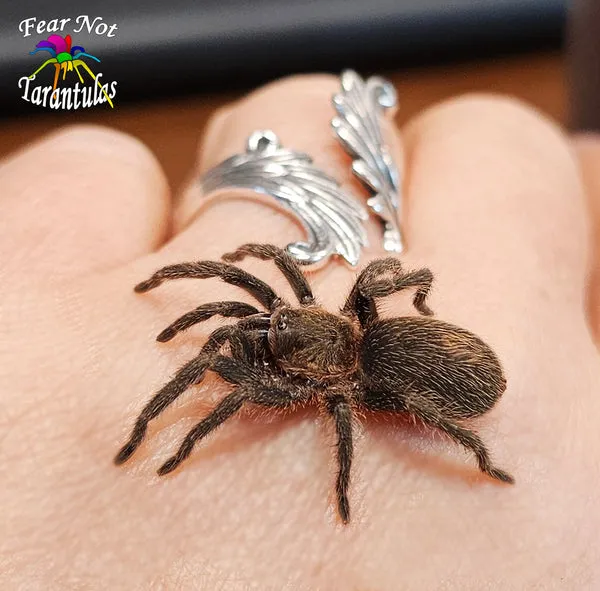Choosing Your Peruvian Blue Tarantula
Embarking on the journey of owning a Peruvian Blue Tarantula is an exciting experience, but it’s crucial to start with the right approach. Proper selection ensures you bring home a healthy and well-adjusted specimen, setting the stage for a successful and enjoyable ownership experience. This involves careful consideration of several factors, from the tarantula’s appearance and behavior to the seller’s reputation and the overall conditions in which the tarantula has been kept. Taking your time and doing your homework will significantly improve your chances of having a thriving Peruvian Blue Tarantula and enjoying the unique experience of tarantula ownership. Before anything else, ensure you are not allergic to any insects or spiders as it could become a problem.
Healthy Peruvian Blue Tarantula Selection
When selecting a Peruvian Blue Tarantula, look for signs of a healthy individual. The tarantula should have a plump abdomen, which indicates it is well-fed and hydrated. Avoid tarantulas with wrinkled or shrunken abdomens, as this could signify dehydration or other health issues. Check for complete limbs, as missing legs can indicate a previous injury. The tarantula’s movements should be active and alert, not lethargic or sluggish. Observe the tarantula’s overall appearance; a vibrant, healthy color is a good sign. If possible, observe the tarantula feeding to ensure it has a good appetite. Inspect the enclosure for any signs of mites or other pests, as these can be detrimental to the tarantula’s health. Finally, always choose a tarantula from a reputable source to minimize the risk of receiving a sick or poorly cared-for specimen. A healthy tarantula will bring you many years of enjoyment.
Where to Buy Your Tarantula
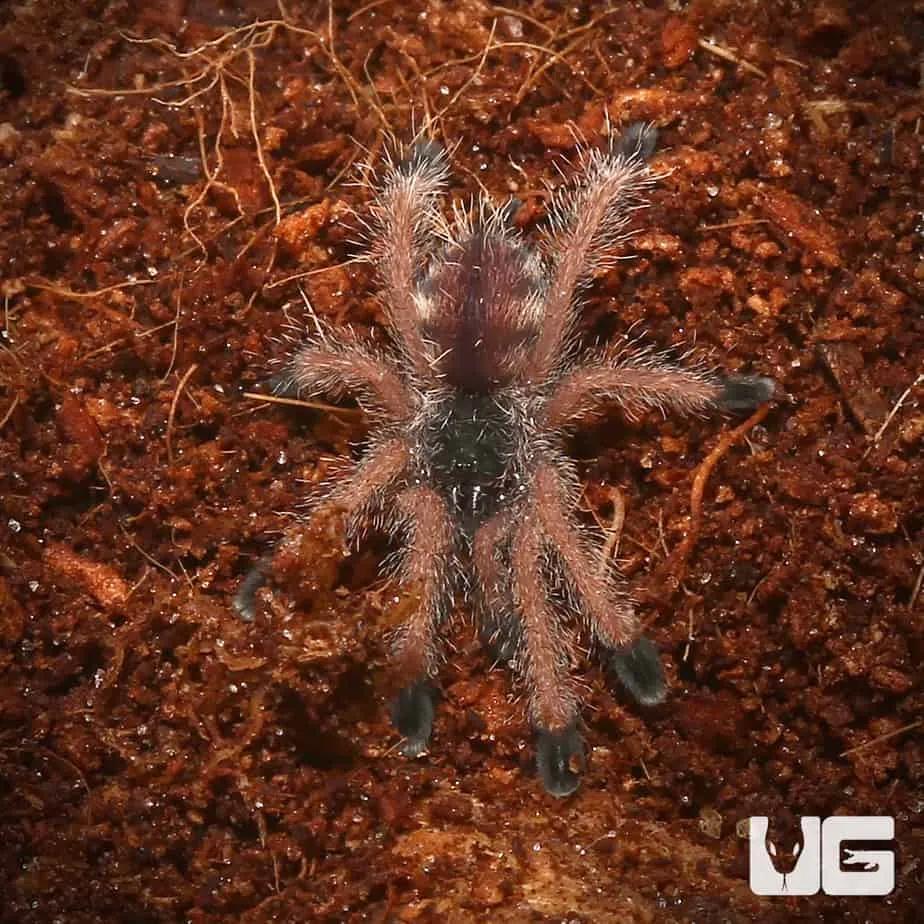
The source from which you purchase your Peruvian Blue Tarantula plays a vital role in its health and well-being. Opting for a reputable breeder or a well-established pet store that specializes in exotic pets is highly recommended. Reputable breeders are more likely to provide healthy, well-cared-for tarantulas, along with valuable information about their background and care requirements. Look for breeders who are knowledgeable, passionate about their animals, and willing to answer your questions thoroughly. Avoid purchasing from unreliable sources or online marketplaces where the origin and health of the tarantula may be uncertain. If you choose a local pet store, ensure the tarantulas are kept in clean, well-maintained enclosures and that the staff is knowledgeable about their care. Always inquire about the tarantula’s feeding habits and any previous health issues before making a purchase. Buying from a trustworthy source provides peace of mind and a better chance of welcoming a healthy Peruvian Blue Tarantula into your home. Furthermore, make sure to consult local regulations regarding exotic pet ownership to avoid any legal issues.
Setting Up the Perfect Habitat
Creating the ideal habitat for your Peruvian Blue Tarantula is crucial for its health and happiness. This involves carefully considering the size and type of enclosure, the substrate, and the environmental conditions. A well-designed habitat provides a safe, comfortable, and stimulating environment that mimics the tarantula’s natural habitat as closely as possible. The right setup will allow your tarantula to thrive, exhibiting its natural behaviors and living a long, healthy life. Pay close attention to details such as ventilation, temperature, and humidity levels to ensure that your Peruvian Blue Tarantula has everything it needs to flourish in its new home.
Enclosure Size and Type
The size and type of enclosure are essential for the well-being of your Peruvian Blue Tarantula. A terrestrial species like the Peruvian Blue thrives in a terrarium that is wider than it is tall, allowing it ample space to roam and establish its territory. A good starting point is an enclosure that is at least twice as wide as the tarantula’s leg span. As your tarantula grows, you will need to upgrade to a larger enclosure accordingly. The enclosure should have a secure lid to prevent escapes. Glass or clear plastic enclosures are suitable, as they allow you to easily observe your tarantula. Ensure the enclosure has adequate ventilation to prevent the buildup of humidity and the growth of mold. Consider the ease of cleaning and maintenance when selecting an enclosure type. Avoid enclosures that are too tall, as this can increase the risk of injury if the tarantula falls from a height. Prioritizing the proper enclosure size and type is fundamental for ensuring the comfort and safety of your Peruvian Blue Tarantula.
Substrate and Decor
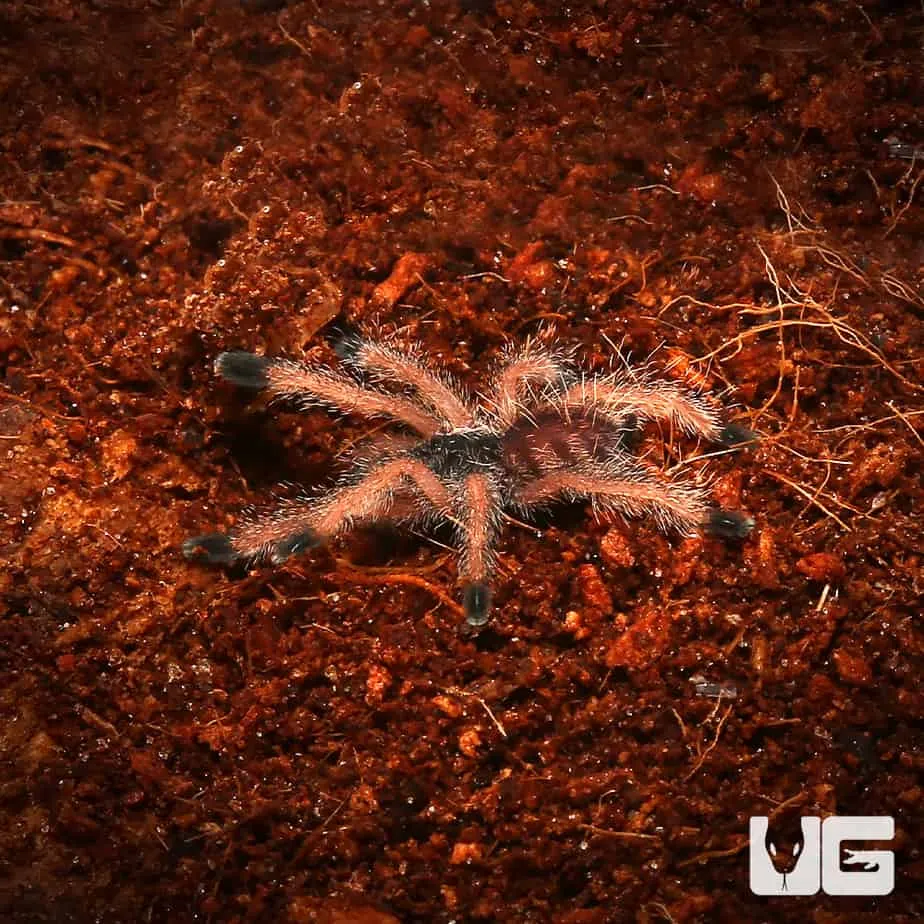
The substrate and decor in your Peruvian Blue Tarantula’s enclosure should mimic its natural environment, providing both comfort and enrichment. A suitable substrate retains moisture and allows the tarantula to burrow, which is a natural behavior. A mixture of coconut fiber, peat moss, and a small amount of vermiculite is a good choice. The substrate should be deep enough for the tarantula to burrow, typically 3-5 inches. Avoid substrates that are toxic or that can harbor mites. Add decor to the enclosure to provide hiding places and visual interest. Cork bark, driftwood, and artificial plants create a more natural and stimulating environment. Ensure that any decor items are securely placed to prevent them from falling and potentially injuring the tarantula. Provide a shallow water dish for hydration, and keep it clean. The right substrate and decor will make your Peruvian Blue Tarantula feel safe, secure, and at home. Keep in mind that certain decorations should be avoided to prevent the tarantula from getting injured.
Temperature and Humidity Control
Maintaining the correct temperature and humidity levels is crucial for the health and well-being of your Peruvian Blue Tarantula. These tarantulas thrive in a temperature range of 75-85°F (24-29°C). Use a heat mat or a low-wattage heat lamp to maintain the desired temperature, but always ensure that the heat source does not directly contact the enclosure and cause overheating. Monitor the temperature using a reliable thermometer, placing it inside the enclosure. For humidity, aim for a range of 60-70%. Regular misting with a spray bottle can help maintain humidity levels, especially in drier environments. Ventilation is essential to prevent mold and mildew buildup while still retaining adequate moisture. Use a hygrometer to monitor humidity levels accurately. Improper temperature and humidity can lead to health problems like dehydration, molting issues, and even death. By carefully controlling the environment, you can create an ideal habitat that supports your Peruvian Blue Tarantula’s long-term health and happiness.
Feeding Your Peruvian Blue Tarantula
Proper feeding is essential to ensure the health and vitality of your Peruvian Blue Tarantula. This involves providing the right type of food, at the appropriate frequency, and ensuring that your tarantula has access to clean water. A well-fed tarantula is more likely to exhibit its natural behaviors, molt successfully, and live a long, healthy life. Understanding the feeding requirements of your Peruvian Blue Tarantula will significantly contribute to its overall well-being. Avoid overfeeding, as this can lead to obesity and health problems, and always adjust your feeding schedule based on the tarantula’s age and appetite.
Appropriate Food Choices
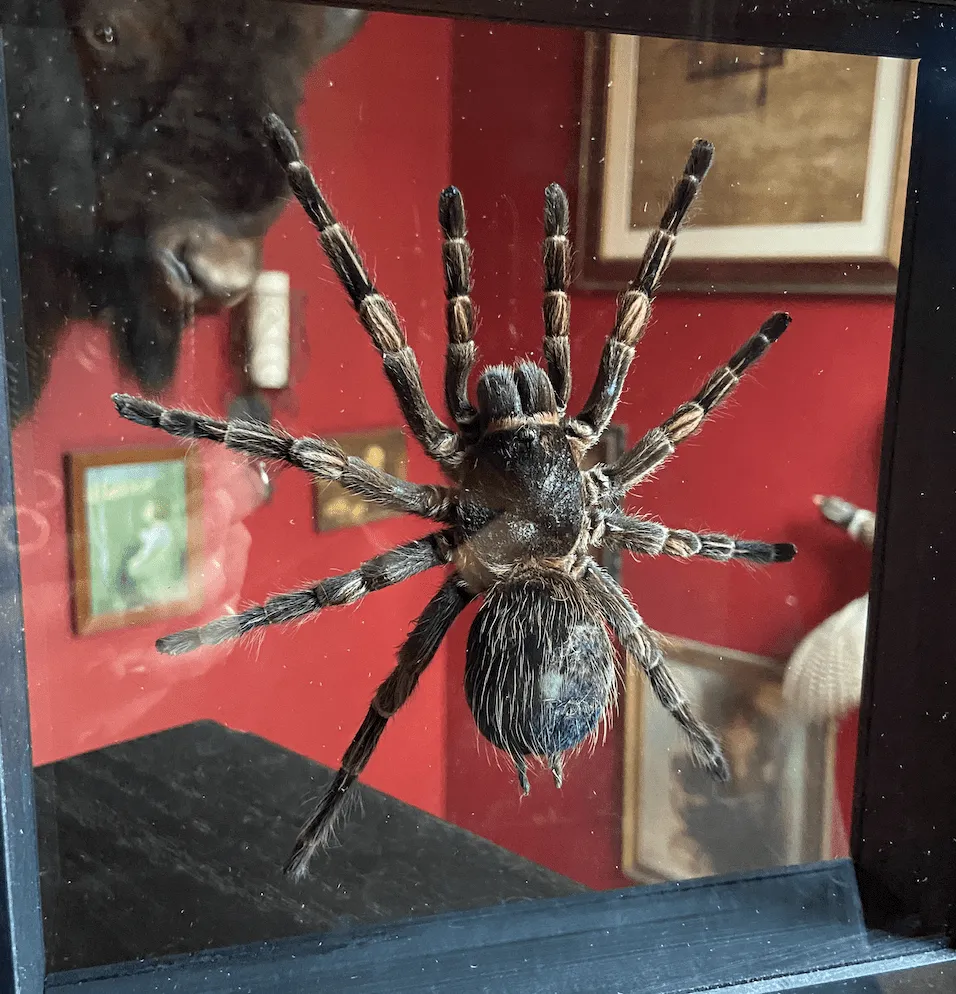
Peruvian Blue Tarantulas are primarily insectivores, meaning their diet consists mainly of insects. The best food choices for your tarantula include crickets, mealworms, and roaches. The size of the prey should be appropriate for the size of your tarantula, generally no larger than the tarantula’s body. Always gut-load the insects before feeding them to your tarantula. Gut-loading involves feeding the insects a nutritious diet, such as vegetables and commercial insect food, which enriches their nutritional value for your tarantula. Avoid feeding your tarantula wild-caught insects, as these can carry parasites or pesticides that can harm your pet. If you choose to use pre-killed prey, ensure the insects are fresh and have been stored properly. A varied diet of insects will help ensure your Peruvian Blue Tarantula receives all the necessary nutrients for optimal health and growth. Never feed anything other than insects, and always remove uneaten prey within 24 hours to prevent stress and potential mold growth in the enclosure.
Feeding Frequency
The feeding frequency for your Peruvian Blue Tarantula depends on its age and growth stage. Spiderlings and juvenile tarantulas typically need to be fed more frequently, perhaps twice a week or more. As the tarantula matures, you can gradually reduce the feeding frequency. Adult Peruvian Blue Tarantulas usually only need to be fed once a week or every other week. Observe your tarantula’s abdomen; if it appears plump and well-fed, you can reduce the feeding frequency. Always remove any uneaten prey after 24 hours to prevent the build-up of waste and potential hazards. During molting, it is best to avoid feeding your tarantula, as it will be vulnerable and may not eat. After molting, wait a few days before resuming feeding to allow the tarantula’s new exoskeleton to harden. Adjusting the feeding schedule based on the tarantula’s individual needs is crucial for maintaining its health.
Watering and Hydration
Providing fresh water is crucial for the hydration and well-being of your Peruvian Blue Tarantula. Always ensure the tarantula has access to clean, fresh water. A shallow water dish, filled with clean water, should always be available. Monitor the water level daily and refill the dish as needed. For smaller tarantulas, you can use a cotton ball or a sponge soaked in water to provide a safe and accessible water source, as a water dish could present a drowning hazard. You can also mist the enclosure lightly once or twice a week, but avoid over-misting, as this can raise humidity levels too high and lead to mold growth. Ensure the water is free from any chemicals or additives that could be harmful to your tarantula. Hydration is vital for the tarantula’s overall health, particularly for molting. Regularly check the water dish to prevent contamination from substrate or food remnants, which can cause illness. Provide fresh water to ensure the health of your pet.
Essential Handling and Safety
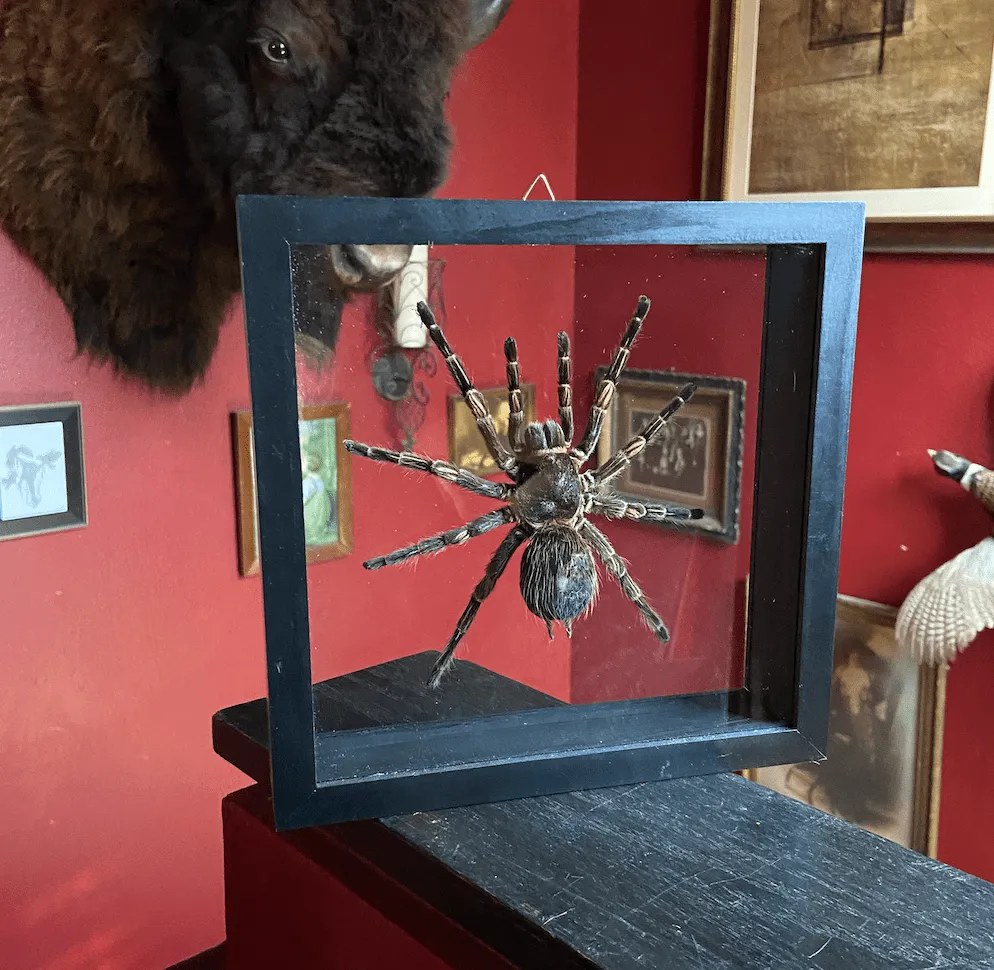
Handling a Peruvian Blue Tarantula should be approached with caution and respect. These tarantulas are not typically aggressive, but they can bite if they feel threatened. Understanding how to handle your tarantula safely and recognizing potential health issues is crucial for both your well-being and the tarantula’s. Always prioritize the safety of yourself and your pet by following proper handling practices and being aware of any signs of stress or illness. Responsible handling minimizes the risk of bites or injury and ensures the tarantula remains healthy and comfortable. Always handle your tarantula when it is necessary, avoiding unnecessary interaction to minimize stress.
Safe Handling Practices
Handling your Peruvian Blue Tarantula should be done with extreme care. It is generally best to avoid handling unless necessary, such as for enclosure maintenance or health checks. If handling is required, always do so over a soft surface, like a bed or the floor, to minimize the risk of injury if the tarantula falls. Use a soft brush or a cup to gently coax the tarantula into a safe container if you need to move it. Avoid sudden movements or loud noises, as these can startle the tarantula and potentially trigger a bite. Do not attempt to handle the tarantula if it appears agitated or defensive. If the tarantula is showing signs of stress or threat, such as rearing up or flicking hairs, leave it alone. Wash your hands thoroughly before and after handling the tarantula to prevent the spread of any potential pathogens. Always supervise children around your tarantula. Keep your face away from the tarantula and never make sudden movements. Safe handling requires patience, respect, and understanding of the tarantula’s behavior.
Identifying Potential Health Issues
Regularly observing your Peruvian Blue Tarantula is essential for identifying any potential health issues early on. Look for any changes in behavior, such as a loss of appetite, lethargy, or unusual posture. Inspect the tarantula’s abdomen; a shrunken abdomen may indicate dehydration, while a swollen abdomen could suggest overfeeding. Examine the tarantula’s limbs for any signs of injury, such as missing legs or damage. Observe the enclosure for any signs of mites or other pests, which can indicate a health risk. Monitor the tarantula’s molting process; difficulty molting is a sign of environmental problems. Recognize any changes in the tarantula’s color or appearance, such as discoloration or bald spots. Promptly addressing any potential health concerns is crucial for ensuring the tarantula’s well-being. If you are unsure about a health issue, consult with an experienced tarantula keeper or a veterinarian who specializes in exotic animals. Early detection and intervention significantly improve the chance of a successful outcome.
Common Health Problems
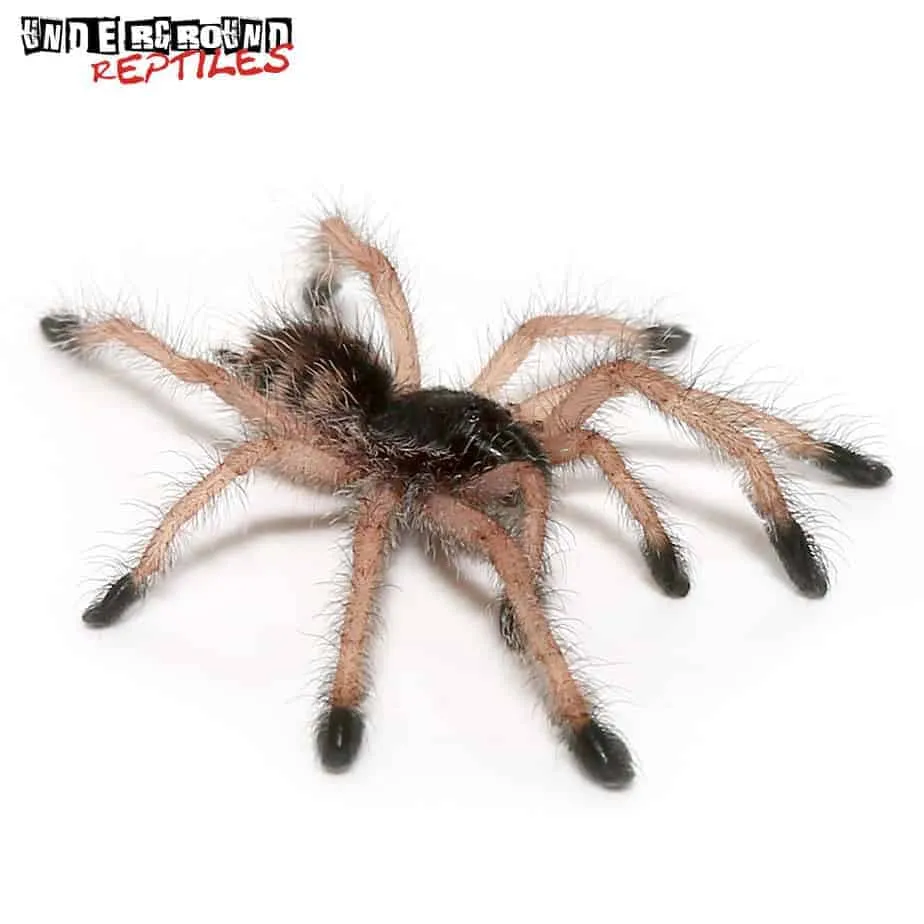
Several common health problems can affect Peruvian Blue Tarantulas. Dehydration is a common issue, often caused by inadequate access to water or low humidity levels. Parasites, such as mites, can infest the tarantula and cause irritation and health problems. Infections, due to injury or unsanitary conditions, can be a serious threat. Molting problems can occur if the enclosure conditions, such as temperature or humidity, are not optimal, leading to difficulties in shedding the exoskeleton. Overfeeding can lead to obesity and other health issues. If you observe any of these symptoms, it is important to take prompt action to address the problem. Prevention is key; maintain proper temperature and humidity, provide clean water, and regularly inspect the enclosure for any signs of pests. Educate yourself on common tarantula diseases and treatments to be prepared. Always consult a specialist for advice on tarantula care if you suspect a health issue. Make sure the tarantula has a quality of life.
What to do
If you suspect your Peruvian Blue Tarantula has a health problem, immediate action is crucial. Firstly, isolate the affected tarantula if it is housed with others. Assess the situation; observe its symptoms and try to identify the cause. Provide the tarantula with clean water and ensure proper environmental conditions. Adjust temperature and humidity levels if needed. If the issue is a mite infestation, quarantine the tarantula and clean its enclosure thoroughly. Consult an expert tarantula keeper for advice. If you are unable to resolve the issue, seek professional veterinary assistance from an expert in exotic animals. Be prepared to provide a detailed history of your tarantula’s care and the symptoms you have observed. Never attempt to treat a health problem with medication or remedies without professional guidance. Early and decisive action significantly improves the chances of a positive outcome. Furthermore, make sure to consult with an exotic pet expert.
Long-Term Care and Maintenance
Providing long-term care for your Peruvian Blue Tarantula involves a consistent and diligent approach to maintenance. Regular upkeep of the enclosure, observation of the tarantula’s health, and attention to its needs are vital for its well-being. This section provides guidance on how to keep your tarantula happy and healthy for many years to come. Implementing these practices ensures the environment is safe, clean, and comfortable, promoting a long and fulfilling life for your pet. Consistent attention to these factors will not only benefit your tarantula, but it will also enhance your enjoyment of owning this unique and fascinating species.
Regular Enclosure Cleaning
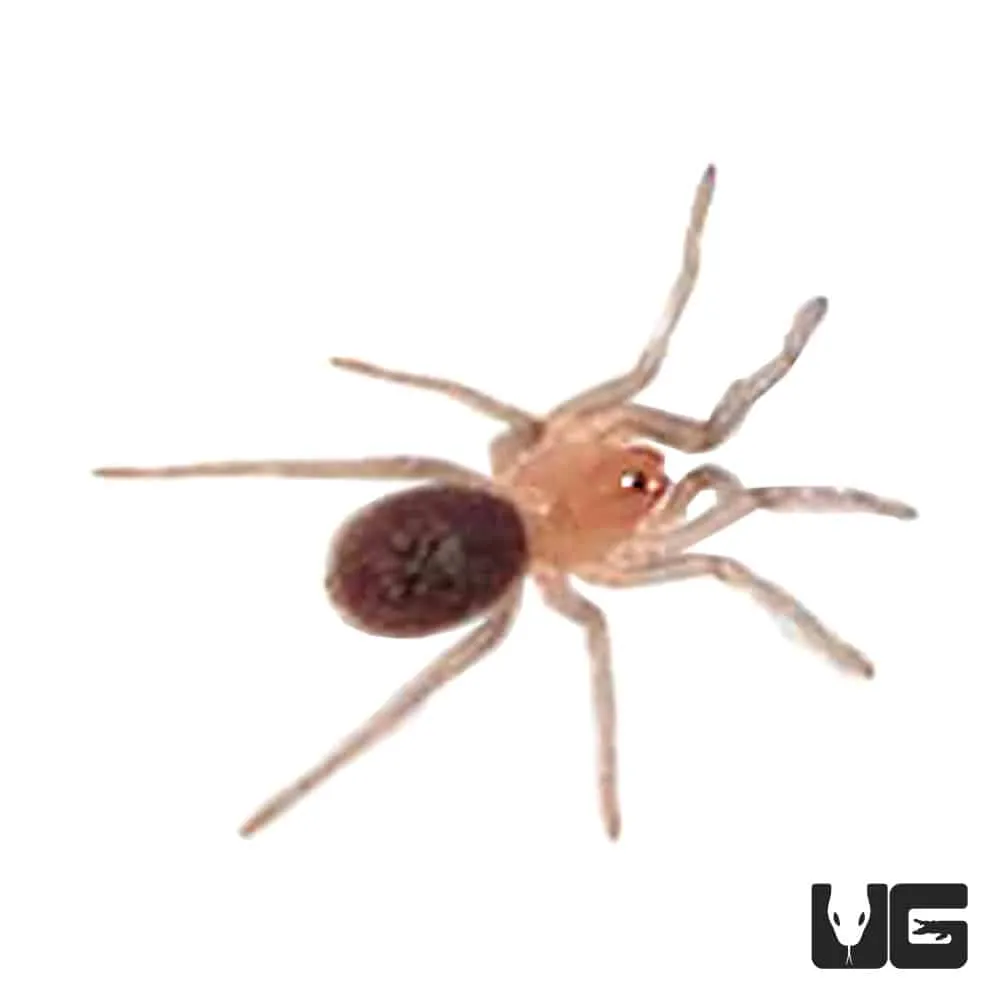
Regularly cleaning your Peruvian Blue Tarantula’s enclosure is a key part of maintaining a healthy environment. Spot-clean the enclosure at least once a week. Remove any uneaten food, fecal matter, or shed exoskeletons promptly. Replace the water dish with fresh water daily. Every few months, perform a full enclosure cleaning. Carefully remove the tarantula and place it in a secure container. Remove all substrate, wash the enclosure with mild soap and water, and rinse thoroughly. Allow the enclosure to dry completely before adding fresh substrate and reintroducing the tarantula. The frequency of cleaning may vary depending on the size of the enclosure, the number of tarantulas housed, and the amount of waste produced. Frequent cleaning keeps the enclosure free of harmful bacteria and parasites, which keeps the tarantula safe and healthy. Always be extremely careful when handling the tarantula and ensure it is safely secured during cleaning. Maintain a cleaning schedule to prevent any health issues.
Monitoring Molting
Molting is a natural and essential process for Peruvian Blue Tarantulas, as they shed their old exoskeleton to allow for growth. During molting, the tarantula will typically lose its appetite and may become inactive. Observe your tarantula for signs of molting, such as a change in color or behavior. Create an ideal environment for molting by providing a humid, safe, and undisturbed space. Do not disturb the tarantula during the molting process. After molting, the tarantula’s new exoskeleton will be soft and vulnerable, so avoid handling it for several days. Give the tarantula time to harden its exoskeleton before resuming feeding. Monitoring molting allows you to ensure that the tarantula is healthy and growing properly. Molting can sometimes take several hours, so ensure that the tarantula is in a safe place.
Breeding Considerations
Breeding Peruvian Blue Tarantulas is an advanced aspect of tarantula care. If you are considering breeding, it is important to conduct extensive research. Ensure you have experience in tarantula care before attempting to breed. Successfully breeding tarantulas requires specialized knowledge of their mating behaviors, the proper environment for egg sac incubation, and care for spiderlings. Males and females should only be introduced under controlled conditions. After mating, the female will create an egg sac, which you must care for until the spiderlings hatch. Spiderlings require specific care, including a suitable enclosure and a diet of appropriately sized prey. Breeding Peruvian Blue Tarantulas can be a rewarding experience, but it demands a significant commitment of time, resources, and expertise. Be certain you have all the proper resources to do this, as it is more complex than other aspects of tarantula care.
